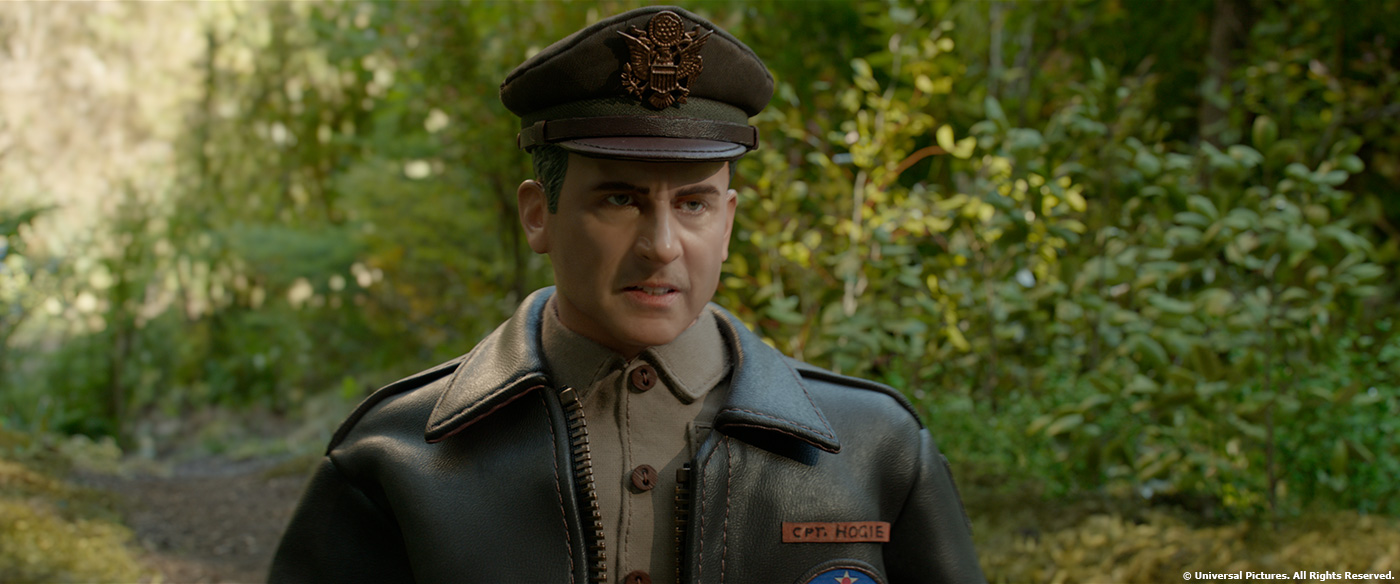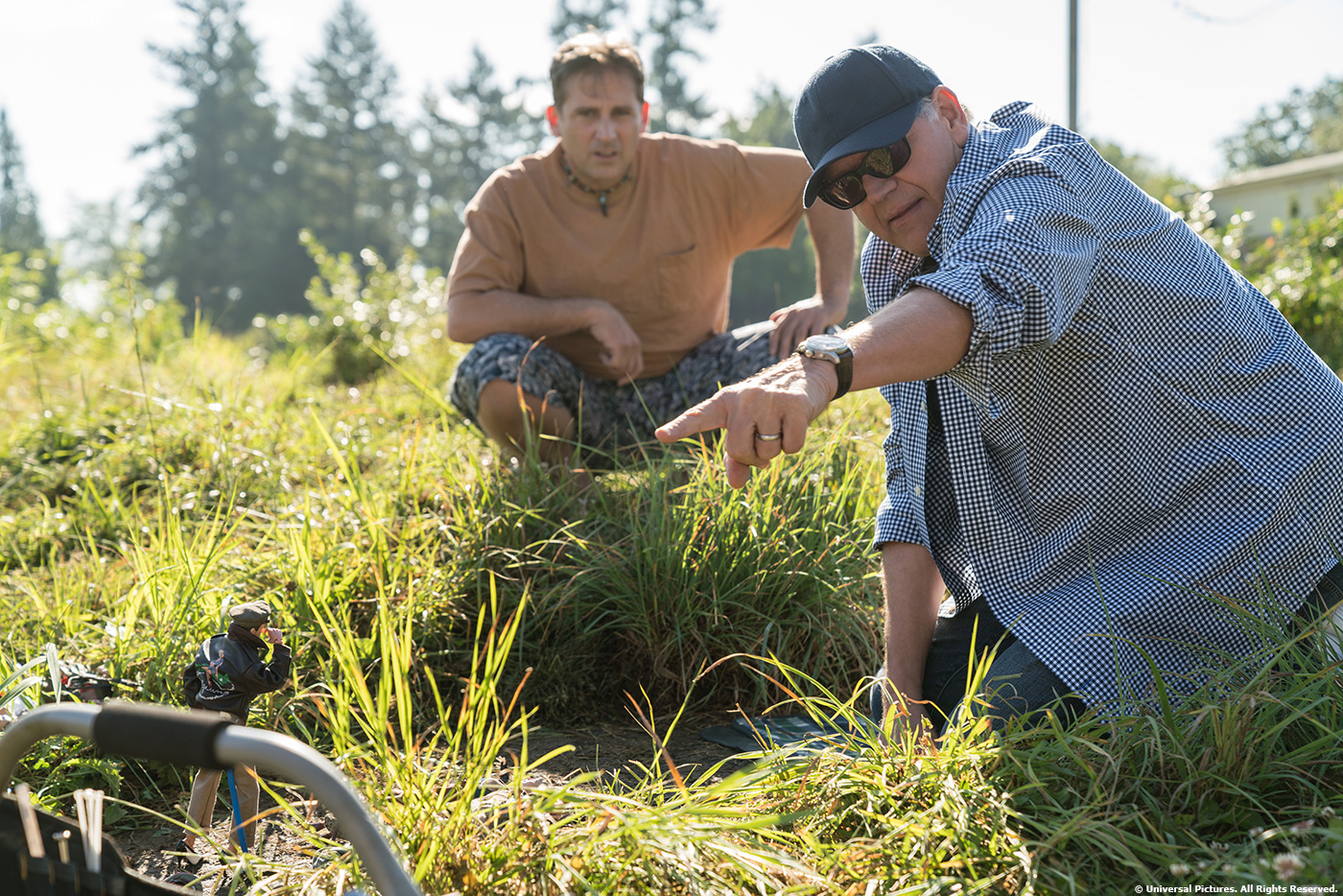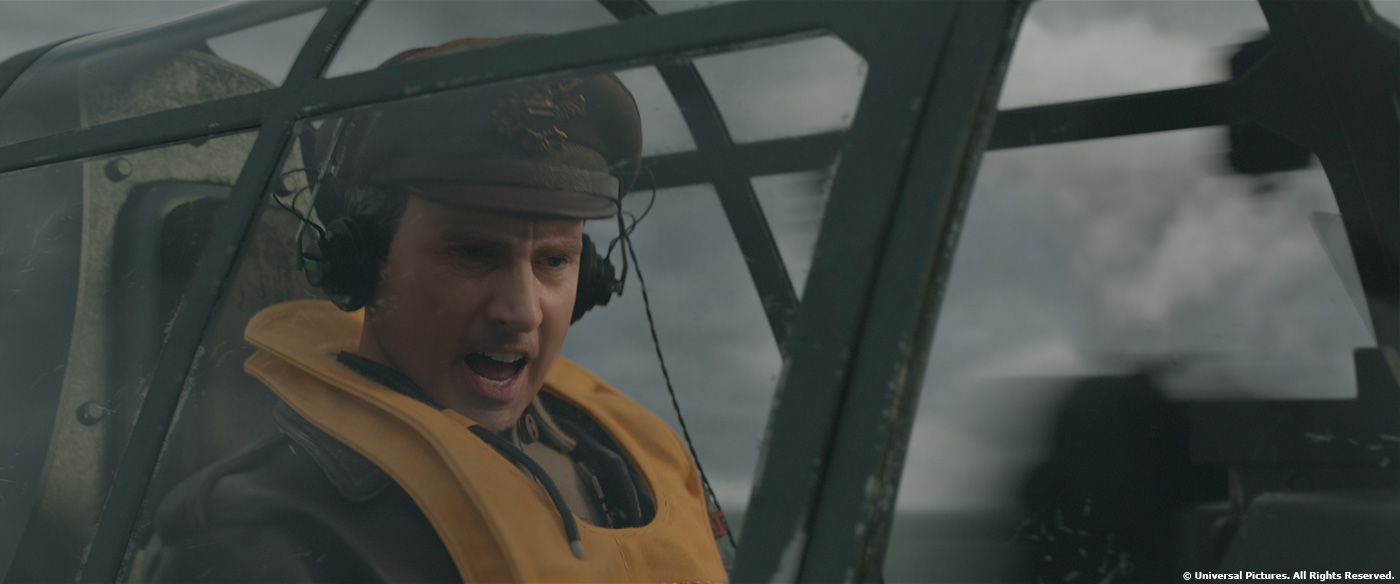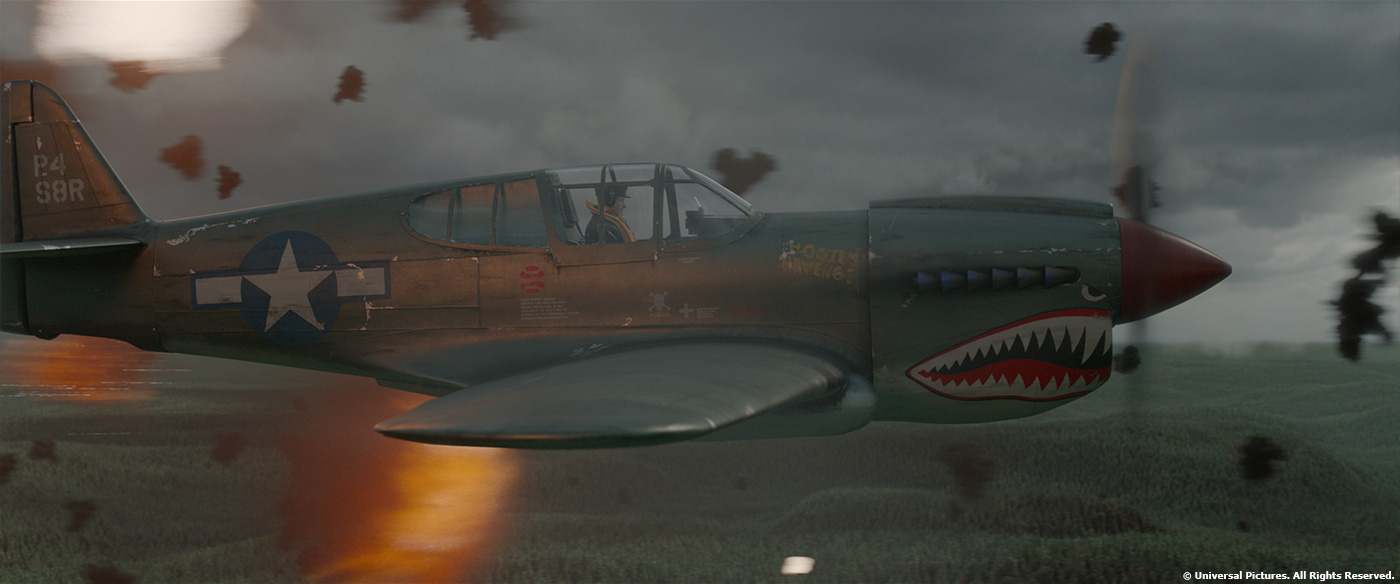Romain Arnoux has more than 20 years of experience in visual effects. He has worked in many studios like Mac Guff Line, DNEG, Weta Digital, MELS and joined Framestore in 2017. He has worked on many films such as AVATAR, THE ADVENTURES OF TINTIN, JOHN CARTER and RACE.
How did you get involved on this show?
In September 2017, while I was finishing Framestore’s on set supervision for DUMBO, Lucy Killick (who was leading Framestore Montreal at the time) asked me to meet with Kevin Baillie. He was looking for a second vendor to take charge of the opening sequence of the film and also a few other sequences. When we got the brief from him, in the first meeting, he explained the nature of the project, mixing a real actor’s performance with CG characters. After a bit of brainstorming with Pierre-Loic Hamon (CG Sup), we prepared a second meeting to explain to KB how we would like to both technically and artistically approach the project. A few days later the project was greenlit.
How was the collaboration with director Robert Zemeckis and VFX Supervisor Kevin Baillie?
The collaboration with Kevin was great and went way beyond the weekly catch-ups I was having with him. Kevin gave us the opportunity to attend all the general shot reviews with Zemeckis. It allowed us to learn a lot and better understand Zemeckis’ vision, whether it was a Framestore shot or an Method Studios shot.
What was their approaches and expectations about the visual effects?
Kevin has an exhaustive knowledge of VFX which he shared with us, especially technical process’ and what needed to get done to get a nice Hogie. But to be honest no pipeline can really handle a perfect face projection for every shot. There are so many variables like angle, lighting, face and expression. As Kevin said, there are sometimes some subtle things, that you need to feel in your gut.
How did you organize the work with your VFX Producer?
I worked closely with our VFX Producer Jeanne-Elise Prevost, to analyse the previs Method Studios sent to us, in order to refine the bid and build a team.
What are the sequences made by Framestore?
We worked on the intro sequence and the encounter with the Nazis, until the arrival of the women of Marwen. We also worked on the nightmare and the romantic teapot sequences.
Can you tell us more about the previz and postviz work?
The postvis was to incorporate Steve Carell’s performance with a simple A over B comp of his face. Once we received the plate, we did a bit of postvis on our side, especially the intro sequence, reframing some of the shots and refining the animation. In the postvis process we had to include some of the FX, like the flak for example, as it was interacting with the plane and influencing its behavior.
How did you work with Method Studios for the asset sharing?
Method shared Hogie, the Nazis’ and the women’s models and textures with us.
Can you explain in detail about the creation of Hogie?
On our side, what changed was the amount of Steve Carell’s face that needed to be used for the face projection. The dollification process was different for the ‘before and after’ crash scenes. The idea was to hide that Hogie is a doll, until after he gets out of the plane.
How did you handle his rigging and animation?
The base of the animation is mocap. Of course we had to reanimate characters for continuity or set topology reasons.
Can you explain in detail about his face animation?
The face animation is based on Steve Carell’s performance. Animators were using a set of blendshape bases on scans, which Method Studio provided for us. After a first face projection, we reviewed with Anders Beers (our anim sup), where anim needed to focus their efforts, in order to get a better face mix between the plate and the CG.
Can you tell us more about the performance capture process and how you project faces?
There was a production camera on the mocap stage. We modelled a low res CG mask and tracked it on to the plate. We then used that mask to project the plate and get UV unwrapped. We then used that UV map of Steve for different purposes.
In particular we did a de-aging process on Steve face, to help the transition to the plastic smooth aspect of the CG dolls. It was also easier for us to paint an alpha mask directly on the UV, to decide which part of the face we wanted to hide or reveal.
How did you manage the lighting challenge?
That wasn’t easy for multiple reasons. Our lighting lead Alexandre Corbé and his team did an incredible job. On top of the huge amount of data they had to deal with (tons of FX, CG cloud etc), they had to perfectly align the mocap stage lighting and the full CG set lighting. Thanks to the HDRI we got from the mocap stage, we were able to get a good light alignment on the CG dolls. The perfect alignment was necessary, to ensure the plate and CG could be seamlessly mixed by the comp dept. Sometimes we had to slightly re-expose the plate, as the on-set lighting was a bit under exposed compared to an exterior sun light. Sometimes the comp team would need to grade the CG to be closer to the actor plate.
Can you explain in detail about the creation of the P-40?
The base of our P40 came from a Lidar of the props you see in Mark Hogencamp’s living room in the movie. However we used a lot of internet references to introduce some real scale P40 elements to the models and textures.
If you look closely at the P40, at first it looks like a real P40 but there are a lot of 1/6 scale elements, like the screws around the cockpit for example. As it was important for Zemeckis that the P40 reacted like a real one, we also looked at reference footage of a real P40 and matched some of the tech specs we found, including flight and propeller rotation speeds.
How did you create the vast forest environment?
We had to build a terrain big enough to allow that P40 to fly at 270 mph until it crashed. The environment team, led by Kristen Tooley, built the terrain base with data we got from a real terrain located north of Ardenne near Belgium. In Mark Hogencamp’s vision that was where the sequence was supposed to have taken place.
We slightly changed the topology, like the elevation of the hills, but otherwise the terrain exists in real life. The forest and all the elements that make that terrain credible where created by Tooley using FS in-house scattering and set-dressing system. So basically, all terrain, atmos and FX of this intro sequence are full CG.
Can you tell us more about the plane crash?
The crash is the only shot that mixes in a bit of real footage. The far background is a plate, but interaction with the trees, splash and terrain deformation was done by the Framestore environment and FX teams. The comp team added some water footage they placed on cards using deep compositing.
The sequence is full of FX. How did you created these elements?
Our FX team, led by Matthieu Presti, created a LOT of elements. The list is really long; various pyro effects, explosions, tree destruction, mud splashes, clouds, grass, ground interaction, bullet impact etc. They did an incredible job.
Which sequence or shot was the most complicated to create and why?
The most challenging shot was probably the one after the crash, when Hogie is escaping the burning plane and jumps into the mud. There were a lot of FX interactions with Hogie and the environment.
Is there something specific that gives you some really short nights?
Hogie’s face was challenging, if there was a 1 degree difference in the face alignment between the plate and CG doll, or an inconsistency in the lighting alignment and Hogie went wrong. This was a very subtle job and we had to do a lot of back and forth between anim, lighting and comp.
Preserving the identity of our Hero Hogie is not something that we could do with a technical process, but something we had to feel. We were constantly reviewing Hogie’s head orientation, expression, lighting, the amount of his face we were blending. Even if the base recipe was the same, we would add to it, constantly questioning ourselves to get him right.
What is your favorite shot or sequence?
My favorite shot, is Hogie escaping the P-40 when it’s on fire.
I’ve seen the movie twice and the audience always laughs when you see him with his boots on fire.
What is your best memory on this show?
There were a lot of good moments I shared with the team, but I must confess, having direct feedback from a legend like Zemeckis was an amazing experience.
How long have you worked on this show?
10 months.
What’s the VFX shots count?
Around 100 shots.
What was the size of your on-set team?
Around 50 people worked on the project.
What is your next project?
I’m currently working on THE AERONAUTS, directed by Tom Harper.
I’d like to thank again my amazing Montreal team for all the great work they accomplished.
We are crossing our fingers for an VFX Oscars nomination!
A big thanks for your time.
WANT TO KNOW MORE?
Framestore: Dedicated page about WELCOME TO MARWEN on Framestore website.
© Vincent Frei – The Art of VFX – 2019











